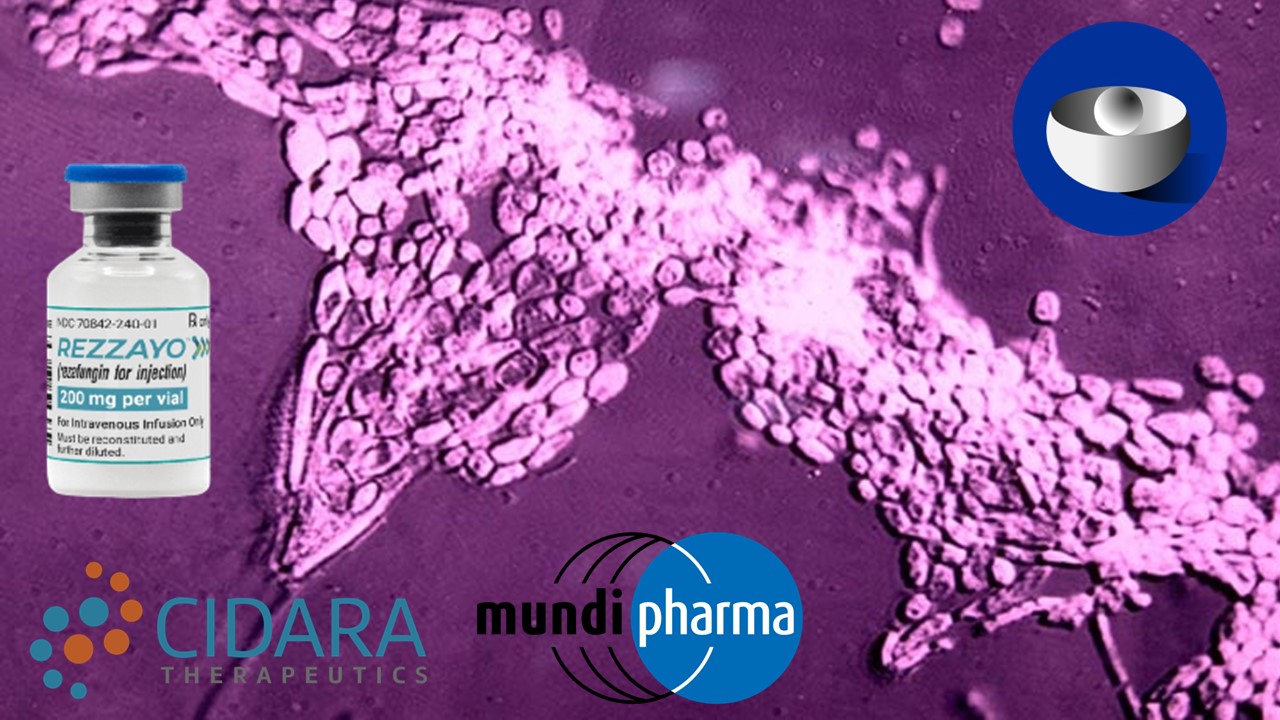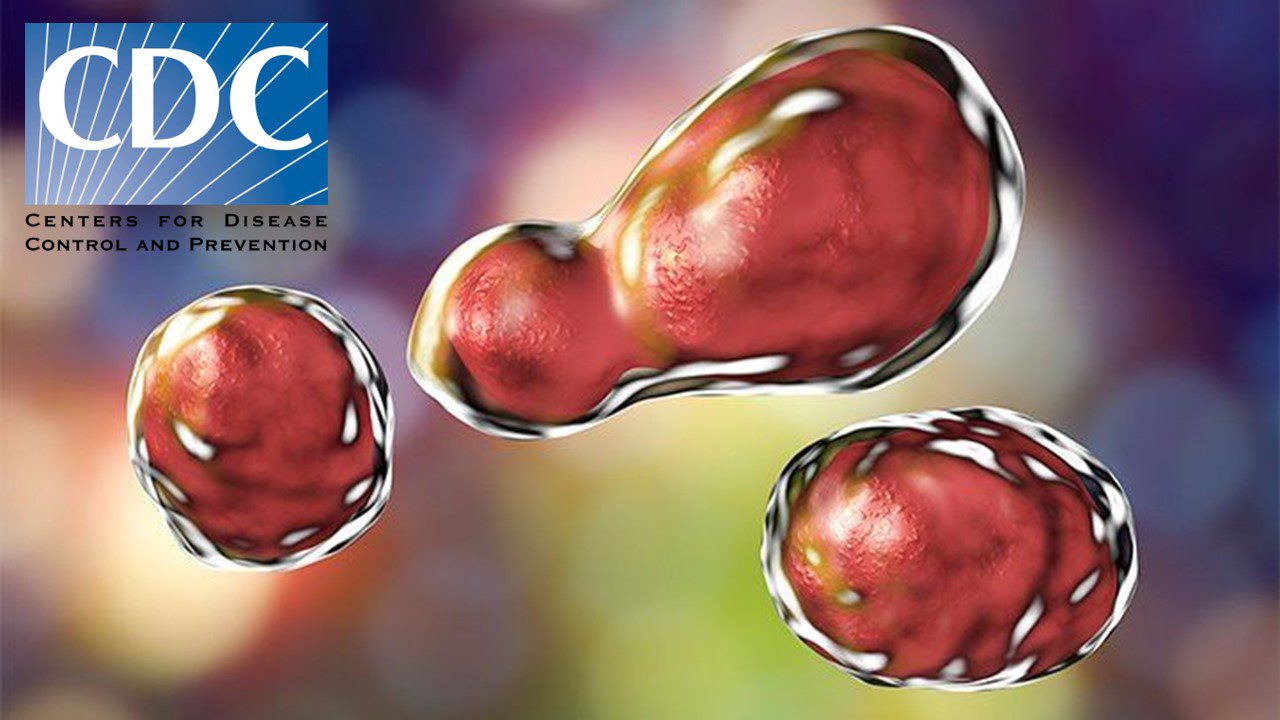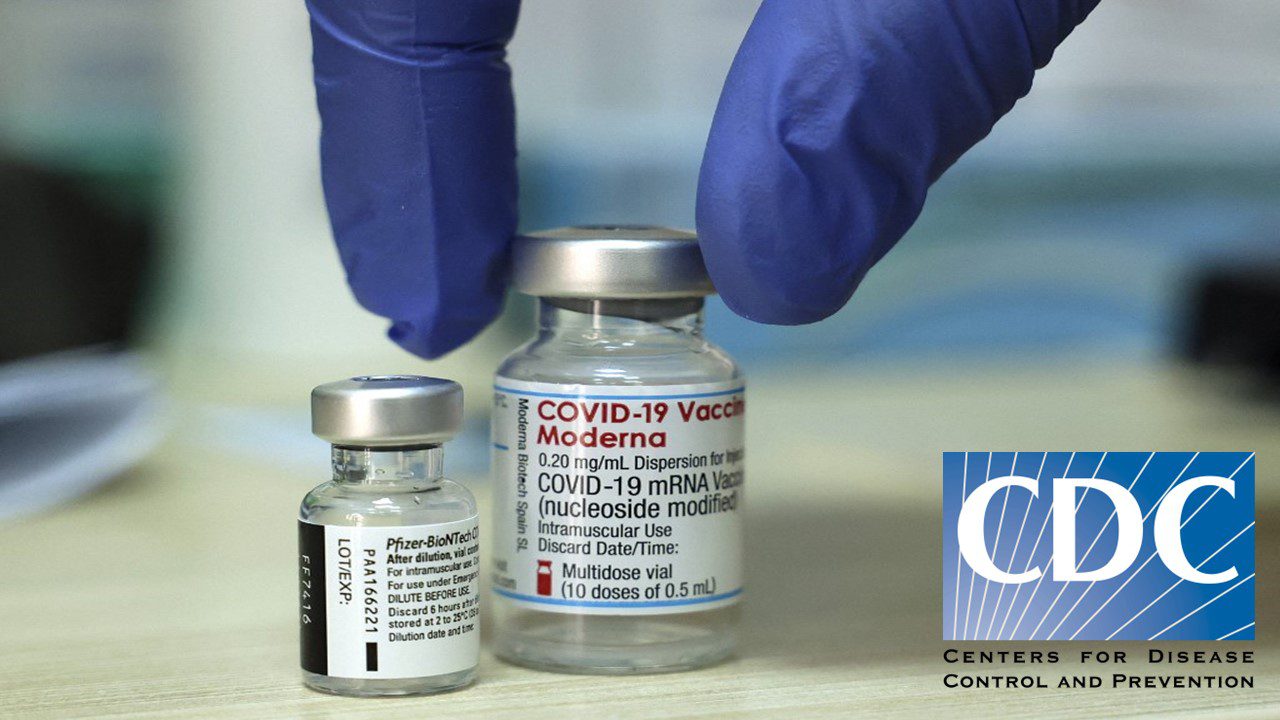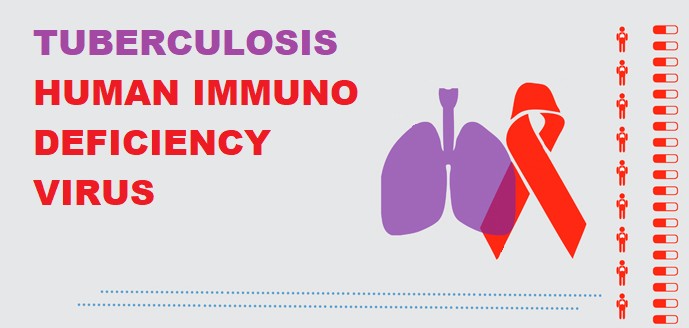The world enters the New Year reeling from the wave of infection caused by the Omicron variant, which has proven its capability for accelerated transmission through populations – even those with immunity. Earlier theories regarding the severity of disease it causes have proven to be true, with Omicron exhibiting fewer severe symptoms – although the sheer amount of case numbers it causes prevents it from being “mild” at a population level. Regardless, the industry has been pressing ahead with new research in COVID treatments and vaccines, hoping for newer solutions. Meanwhile, epidemiologists hint at the possibility of the peak of infections having passed, offering a glimpse of what life may be with Omicron.
An Agile Wave
The SARS-CoV-2 Omicron variant first emerged in South Africa, and this was the country that first faced the disease brought on by it. Now, South African authorities speculate that they have reached the post-Omicron phase, where daily infections are no longer increasing. Authorities say that Omicron caused 10,000 excess deaths, compared with 100,000+ for the previous delta wave. Although this is not direct evidence of Omicron simply being less virulent – the population was less disease naive (in terms of immunization and/or prior infection) when exposed to Omicron rather than Delta. A new study posits that the recession in infections subsequent to the Omicron wave in South Africa may point to the end of the acute pandemic phase of the coronavirus and the start of an endemic phase, though such hopeful statements remain highly speculative.
Similar observations have been happening in London, with expectations that the Omicron wave should plateau soon – although these are tempered by caution in anticipation of the possibility of higher hospital admissions following high social mixing over the holiday period. Such news may not be much consolation for the United States, where the variant has just begun to approach record infections, with over 1 million infections recorded last Monday and averaging over 700k new infections per day – and officials anticipating the peak has yet to come. Fears that Omicron may yet overwhelm American hospitals are rising due to the magnitude of its spread. The American administration has responded by increasing orders of COVID-19 antivirals, although these take months to manufacture and deliver.
Vaccines-Plus
The best response for containing the Omicron variant clearly relies on vaccines in addition to sound policy, which is what drove a highly publicised movement of academics pushing for a global “Vaccines-Plus”, after the publication of an article in the BMJ. The Vaccines-Plus programme urges that another risk of the very high transmission of Omicron is the increased opportunity for adaptation by SARS-CoV-2, which leads to greater unpredictability as it enables the faster generation of new variants. The group was formed to seek the formation of clear guidelines by the World Health Organization, to remove ambiguity and dispel the notion that vaccines alone are sufficient.
Their proposed measures included clear air filtration, the adoption of high quality face masks, support for isolation and clear guidelines for testing and tracing, and vaccine equity. The appearance of the Omicron variant and the subsequent wave of infection definitely exposed the cracks in policy-making, as well as the often opaque messages communicated by governments around the world – with people frequently left feeling confused. Our over-reliance on vaccines was also flawed – and the Vaccines-Plus movement calls for the amelioration of all these shortcomings. This is particularly true in the context of vaccine inequity, which allowed the virus to evolve in entire swathes of low-vaccination countries and remains to be addressed.
A Patent-Free Vaccine
In light of the calls for vaccine equity, the Emergency Use Authorization approval of CORBEVAX by the Indian drug regulator shows potential to improve access worldwide. CORBEVAX is a patent-free vaccine, developed with older recombination technology that is accessible to a larger number of manufacturers around the planet. The inoculation was created in Texas, with its innovators relinquishing intellectual property – all the $7m of research funding was originated from philanthropist sources. Owing to the vaccine’s established and conventional technology, the logistical infrastructure required is widespread, with no particularly extreme storage requirements.
Living with Long COVID
A big challenge of living with COVID will be the way we treat those who remain afflicted with “long COVID syndrome” (LCS) – which describes a set of sequelae faced long after the virus has been cleared. The symptoms of the syndrome can include debilitating physical and neuropathic conditions, with fatigue being perhaps the most prominent symptom. It is still quite early for the syndrome to be unequivocally characterized – but trials are already being initialized for investigational products to treat it. This includes a trial of suramin which will be initiated by PaxMedica in 2022 in South Africa. Given the currently high unmet need for treatments to overcome LCS, this will be a study to watch across the industry.
Developments in New Treatments
With Omicron having proven resistant to most monoclonal antibody treatments for COVID-19, having an arsenal of novel treatments to counter the disease has been of utmost importance. New monoclonal treatments for Omicron will no doubt be developed, as has already been shown by Twist Biosciences and Revelar Therapeutics’ RBT-0813. However, the accessibility for monoclonal treatments will remain questionable owing to their high prices. As such, it was promising to see the FDA approve the first oral antiviral treatment, in the form of Paxlovid, just before Christmas. This includes over 670 current treatments in development and 470+ trials being reviewed by the FDA’s Coronavirus Treatment Acceleration Program, showing that innovation is continuing in the area.
Another promising treatment was seen last week in the form of antroquinolol, by GoldenBiotech from Taiwan. The treatment group in the Phase II trial for antroquinolol experienced 97.4% recovery by day 14, and 100% by day 28, with an average of 9.5 days shorter stays in intensive care than the placebo group. GoldenBiotech announced plans to apply for Emergency Use Authorization in line with the positive trial results and good safety profile of the treatment.
As the world looks to a new year, and the prospect of Omicron running past its peak approaches, we must remain vigilant. For society to start living with COVID, we will require clearly defined and unambiguous policy decisions. The pharmaceutical industry continues to innovate across the full gamut of tackling the disease – from immunizations, to monoclonal antibodies, to treatments for long COVID, and new antivirals. But the fight has not been won yet, although recent developments can give hope.
Nick Zoukas, Former Editor, PharmaFEATURES
Subscribe
to get our
LATEST NEWS
Related Posts

Infectious Diseases & Vaccinology
Rezzayo™’s Latest EU Approval for Invasive Candidiasis Breaks Ground in Antifungal Therapy
Rezafungin marks the initial addition to the treatment arsenal for patients grappling with invasive candidiasis in more than 15 years.

Infectious Diseases & Vaccinology
Unmasking the Shadow: CDC Battles the Latest Fungal Meningitis Outbreak in Matamoros, Mexico
CDC tackles fatal fungal meningitis outbreak linked to surgeries in Matamoros, Mexico.











